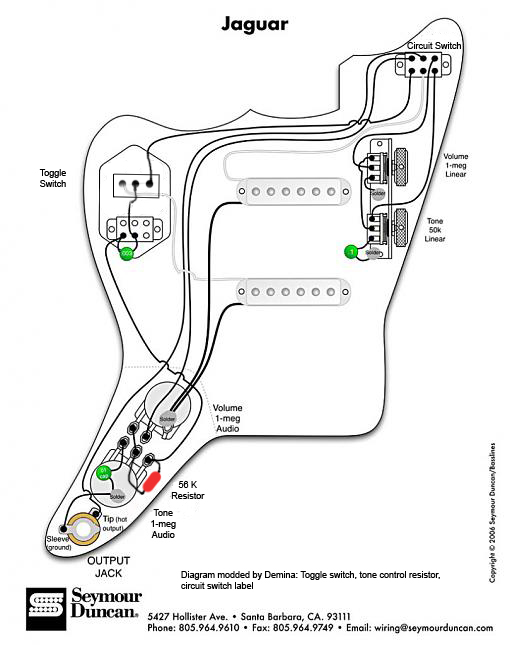what's the 56k resistor in the tone pot doing?

I have no idea.
I have a 1k resistor. what would happen if i used that one?
I have no idea.
I have a 1k resistor. what would happen if i used that one?
Talk with your fellow tone freaks on the web's liveliest (and friendliest!) tone forum. All are welcome, from seasoned pros to absolute beginners.
If this is your first visit, be sure to check out the FAQ by clicking the link above. You may have to register before you can post: click the register link above to proceed. To start viewing messages, select the forum that you want to visit from the selection below.
Tech experts from Seymour Duncan are regularly on this forum, and are clearly labeled as employees of Seymour Duncan. They are here to help.




Comment